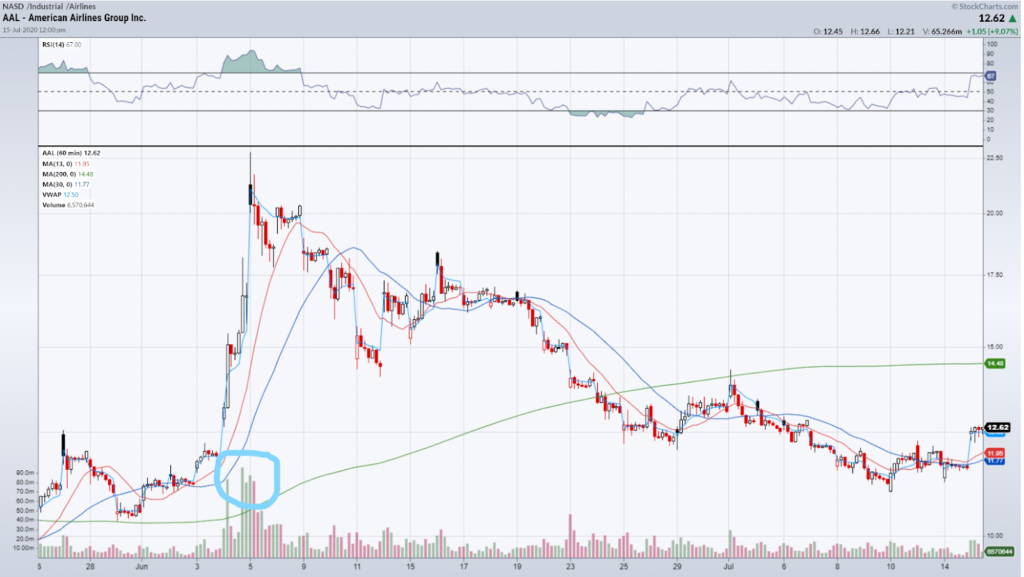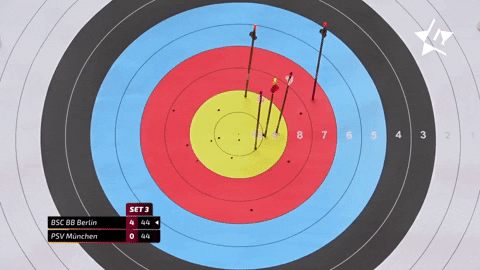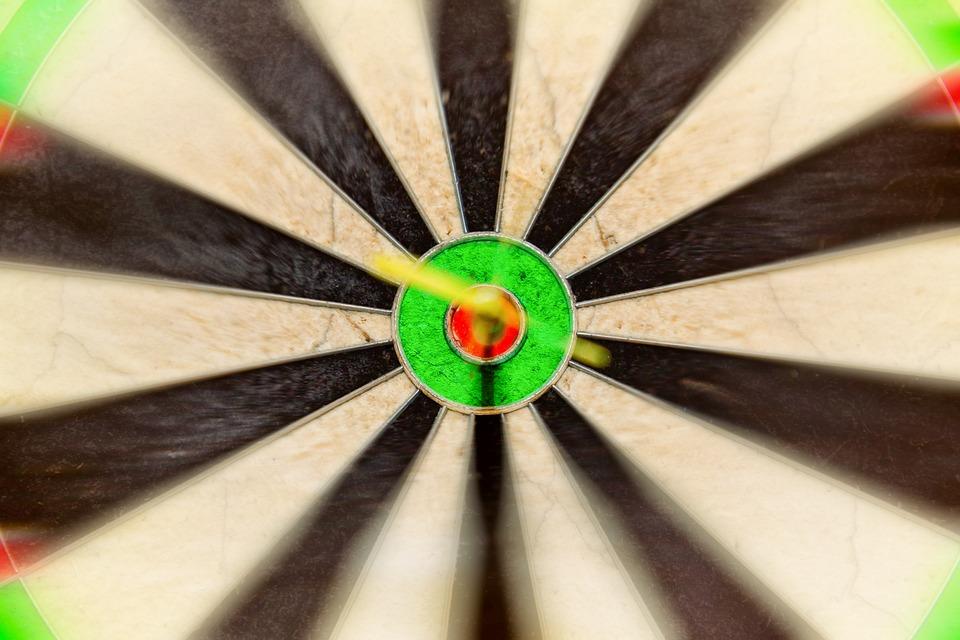Baron Rothschild once said “Buy when there is blood in the streets, even if the blood is your own”. As traders, we want to be as flexible as possible to take advantage of other people’s misfortune. Trading is a ruthless game and not for the faint of heart, especially when markets are volatile.

Today we will look at the capitulation trade. It’s a classic setup with great risk/reward for those that can stay patient, wait and “see” the trade.
Taking advantage of Panic
The capitulation trade is all about taking advantage of the panic. Now there can be panic selling, and there can also be panic buying. Panic buying is known as a blow-off top, which is when price accelerates at an unsustainable rate.
Usually, some trapped short-sellers and FOMO (fear of missing out) will chase the stock at excessive levels before they are met with large selling indicating the top of the move.
To spot this type of move, you want to see an acceleration in price met with a massive block of volume, larger than any previous candle. This trade is all about watching volume rather than chart setups.
For example, let’s look at an American Airlines Group (AAL) setup from last year.

There is some discretion with this type of trade, and because this is a counter-trend trade, risk management is critical. We must respect our stops.
But as we can see on the open the next day, there was a gap up and a fast 35% gain on massive volume move before a rejection candle gave us the confirmation that we need to participate in a trade like this.
The first-hour candle was rejected, the second-hour candle was rejected again on huge relative volume, and then the volume died off. That is the textbook sign of volume that we look for.
There is a considerable increase in volume for someone to get blown out and the smart money to get out (known as a distribution) before they walk and the move is over. The stock then faded 30-50% over the coming days/weeks. This trade is applicable at all time frames.
The Hand of God
Now let’s look at a capitulation bottom move in the Russell 2000 ETF (IWM) from a few weeks ago.

We can see the two-volume bars on the 17th and 18th were approximate twice the volume of the previous 10 days. This is the capitulation that we are looking for. This setup is also known as the “Hand of God.”
While some participants are panicking and hitting out of their positions or locking in profits, the “smart money” on the sidelines steps in and hoovers up stock at bargain prices. They will buy as much as they can and then usually demand that prices move higher.
Price may continue higher as participants realize that the panic is over and feel it is safe to get back into the market. There are two more examples of this setup in IWM since March highlighted.
Bottom Line
Trading is a ruthless game, and as flexible traders, we want to take advantage of opportunities and other people’s emotions. Psychologically, we can see this play out in large moves in one direction or the other. The capitulation trade is based on the increased volume in unsustainable moves or at attractive levels where smart money steps in. This is one of my favorite trading setups.
Comments are closed.





2 Comments
Sir I express my heartfelt thanks for your help and support
Thanks. This confirms what I’ve been looking at. I’m also using the Volume Zone Osc.